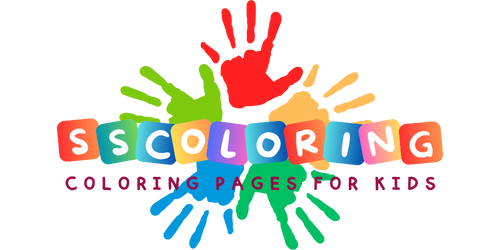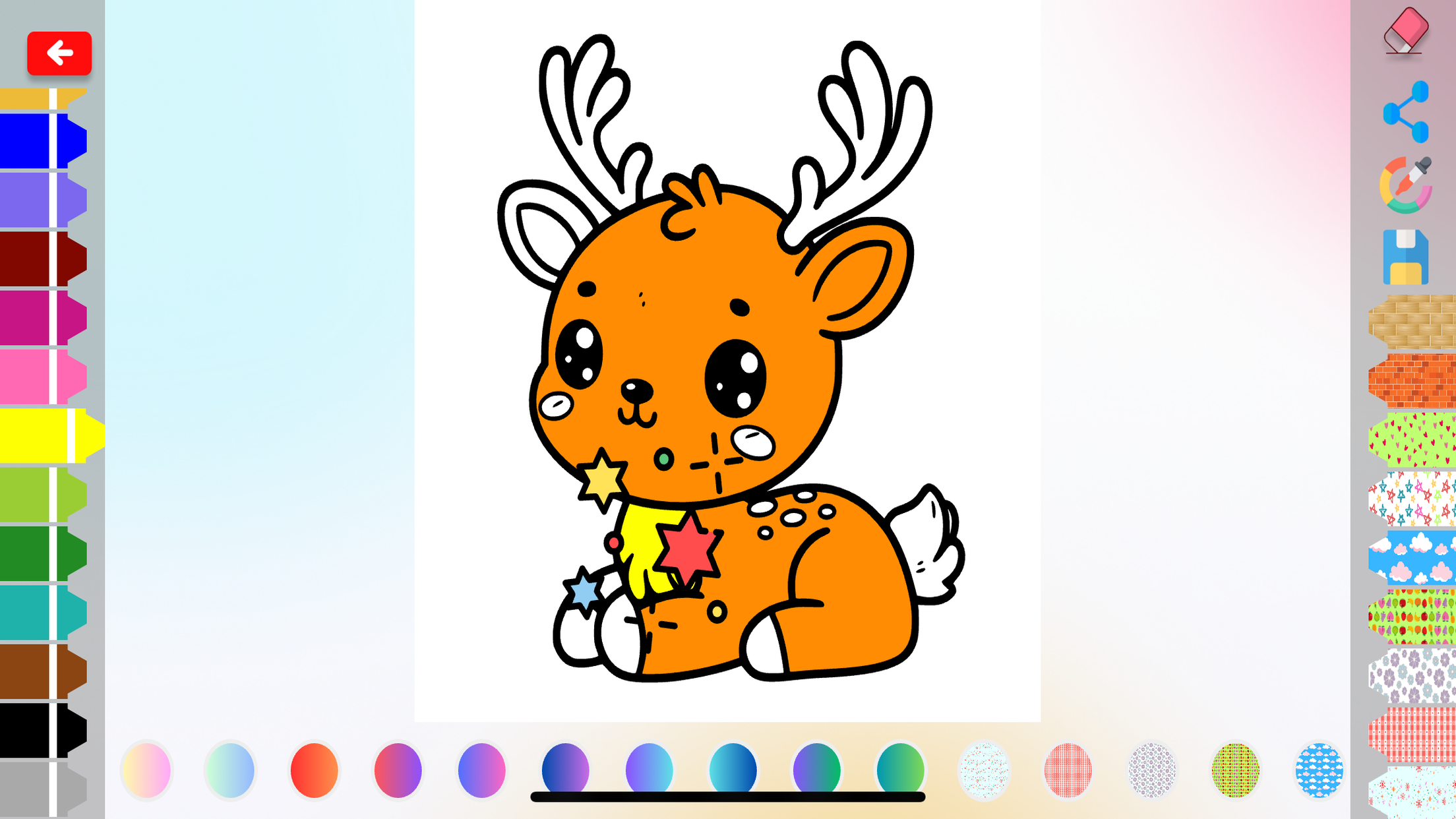Have you ever watched a child lost in the world of color, their tiny fingers dancing across a page with an intensity that rivals the most passionate artist? There’s something undeniably enchanting about the simple act of coloring – a quiet symphony of imagination and creativity that often goes unnoticed in the hustle and bustle of our adult lives. But what if this seemingly humble activity holds the key to unlocking a child’s full potential?
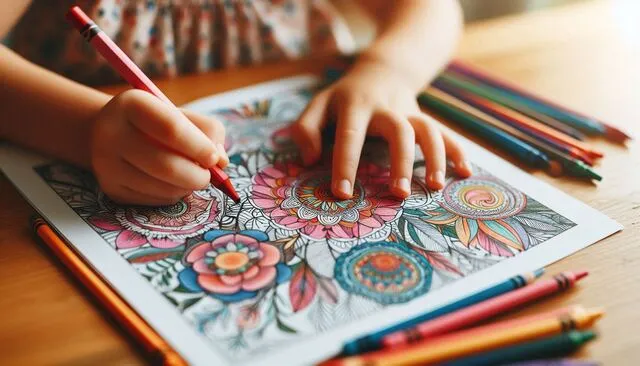
Child’s hands holding crayons, ready to colo
Welcome to a journey beyond the surface of coloring, where we’ll uncover the surprising ways it nurtures young minds, enhances development, and unleashes a world of possibilities. Get ready to dive into a realm where crayons and markers become tools of transformation, where every stroke of color paints a brighter future for our little ones.
The Brain-Boosting Power of Coloring
In the realm of child development, coloring isn’t just about pretty pictures. It’s a symphony of neural activity, a dance between the left and right hemispheres of the brain. As tiny hands select hues and fill in shapes, a wondrous process unfolds. The analytical left brain, responsible for logic and reasoning, collaborates with the creative right brain, the wellspring of imagination and intuition. This harmonious partnership lays the foundation for a well-rounded mind, one that can navigate the complexities of the world with both intelligence and ingenuity.
Imagine each stroke of a crayon as a spark, igniting neural pathways that enhance cognitive functions. Studies have shown that coloring can improve focus, concentration, and even memory retention. As children immerse themselves in the world of color, they’re not just having fun; they’re strengthening the very architecture of their minds, preparing them for future challenges and triumphs.
Beyond Fine Motor Skills
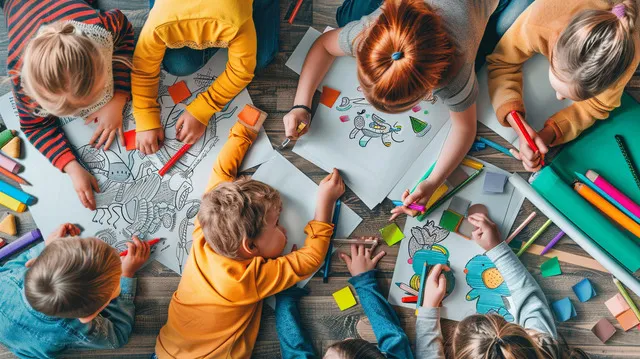
Children coloring in different positions
While the link between coloring and refined fine motor skills is well-known, there’s a whole symphony of physical benefits waiting to be discovered. Imagine a child hunched over a coloring book, their hand gliding across the page with newfound dexterity. This simple act strengthens the tiny muscles in their fingers and hands, essential for everyday tasks like buttoning a shirt or holding a pencil. But it doesn’t stop there.
Coloring encourages good posture as children naturally sit upright to reach their artistic canvas. This seemingly insignificant act can contribute to a lifetime of proper spinal alignment, reducing the risk of back problems later in life. And as the child becomes engrossed in their colorful creation, their breathing slows and deepens, a gentle rhythm that calms the nervous system and melts away tension. In this way, coloring becomes a form of meditation in motion, a quiet dance between mind and body that promotes overall well-being.
Nurturing Emotional Intelligence Through the Language of Color
Coloring isn’t just a visual feast; it’s a language of emotions, a silent dialogue between a child’s heart and the world. In this realm of vibrant hues, children discover a safe haven for expressing their feelings, their joys, their fears, and their dreams. A splash of fiery red might reveal a burst of excitement, while a gentle wash of blue could signify a wave of tranquility. As young artists navigate this palette of emotions, they develop a deeper understanding of their own inner world.
But the magic of coloring goes beyond self-awareness. It opens a window into the hearts of others. By observing the colors chosen by their peers, children learn to recognize and empathize with different emotional states. A friend’s preference for earthy browns might signal a grounding presence, while another’s love of vibrant yellows could radiate optimism. This subtle exchange of nonverbal communication fosters emotional intelligence, a skill that will serve them well in all aspects of life.
Through the simple act of coloring, children become both artists and empaths, painting their emotions onto a canvas and deciphering the colorful language of those around them.
Unique Angle: Coloring as a Mindfulness Tool for Kids
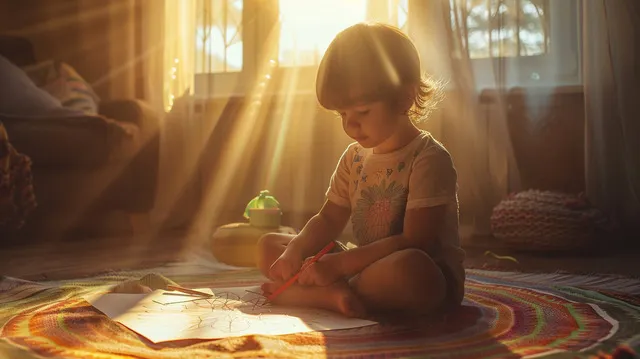
Child practicing mindfulness through coloring
In a world that’s constantly buzzing with distractions, finding moments of stillness can feel like a rare treasure. Yet, it’s precisely this stillness that children crave, a sanctuary where their minds can wander and their spirits can soar. And what better way to cultivate this inner peace than through the simple act of coloring?
Coloring isn’t just about filling spaces; it’s about embracing the present moment, one color at a time. As a child focuses their attention on the gentle strokes of their crayon, their worries fade into the background, replaced by a sense of calm and contentment. This is mindfulness in action, a practice that helps children become more aware of their thoughts and feelings, reducing anxiety and improving focus.
Imagine a child coloring a mandala, an intricate pattern that invites them to slow down and savor each detail. As they carefully select colors and blend shades, they enter a state of flow, where time seems to dissolve and their creativity blossoms. This mindful engagement not only enhances their artistic expression but also nurtures their emotional well-being, teaching them to navigate the ups and downs of life with grace and resilience.
Tips for Creating a Mindful Coloring Experience
- Choose Calming Colors: Opt for soft pastels, earthy tones, or cool blues and greens, known for their soothing properties.
- Focus on the Process: Encourage children to pay attention to the sensations of coloring, the feel of the crayon on paper, the sound of the strokes.
- Let Go of Perfection: There are no mistakes in mindful coloring. It’s about the journey, not the destination.
- Use Coloring as a Screen-Time Break: Encourage children to swap their digital devices for coloring tools, creating a peaceful oasis away from the virtual world.
By incorporating mindfulness into coloring time, we empower children with a valuable life skill, one that will help them navigate the challenges of childhood and beyond with a sense of inner peace and joy.
Conclusion
As we’ve journeyed through the kaleidoscope of benefits that coloring offers, one thing becomes abundantly clear: this seemingly simple activity is a treasure trove of possibilities for young minds. It’s more than just a pastime; it’s a portal to a world where creativity, cognition, and emotional intelligence intertwine.
With every stroke of a crayon, children embark on a voyage of self-discovery, exploring the depths of their emotions, refining their motor skills, and expanding their cognitive horizons. They learn to focus, to express, to connect with themselves and others in a language that transcends words.
So, let’s celebrate the magic of coloring, not just as a delightful diversion, but as a powerful tool for nurturing the next generation of thinkers, dreamers, and doers. Let’s encourage our children to pick up their crayons and paint their own unique masterpieces, for in the world of color, anything is possible.
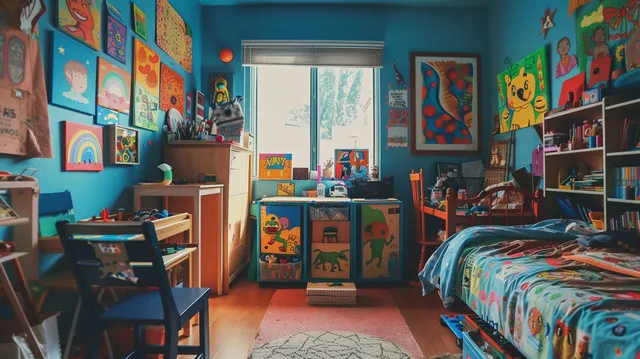
FAQs
Beyond the Lines: How Does Coloring Foster Creativity in Children?
Coloring is like a secret garden where a child’s imagination can bloom. It’s not just about staying within the lines; it’s about choosing colors that whisper secrets, blending shades that evoke emotions, and adding details that tell a story.
Can Coloring Help My Anxious Child Find Calm?
In a world that often feels overwhelming, coloring offers a tranquil oasis for anxious hearts. The rhythmic motion of coloring, the gentle pressure of a crayon on paper, and the focus on the present moment create a soothing symphony for the senses.
Is There a “Right” Way to Color for Maximum Benefits?
In the realm of coloring, there are no rules, only endless possibilities. Each child is a unique artist, with their own vision and style. Some might prefer bold, vibrant colors, while others might gravitate towards soft pastels.
Coloring vs. Screen Time: Which is Better for My Child’s Development?
While screens offer a window into a digital world, coloring opens a doorway to the depths of a child’s inner landscape. Screen time, with its flashing lights and rapid-fire stimuli, can often lead to overstimulation and restlessness.
Can Coloring Help My Child Develop a Love for Art and Learning?
Coloring is like planting a seed of curiosity, a seed that can blossom into a lifelong love for art and learning. As children experiment with different colors, textures, and techniques, they’re not just creating art; they’re exploring the world around them.

Hey everyone! I’m Rihanna, a digital artist who loves bringing a touch of magic to the world. My coloring pages are full of fantasy and wonder. I try to make characters and creatures that feel like they could leap off the page. Get ready to color a whole new world into existence!
